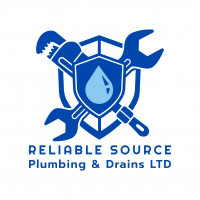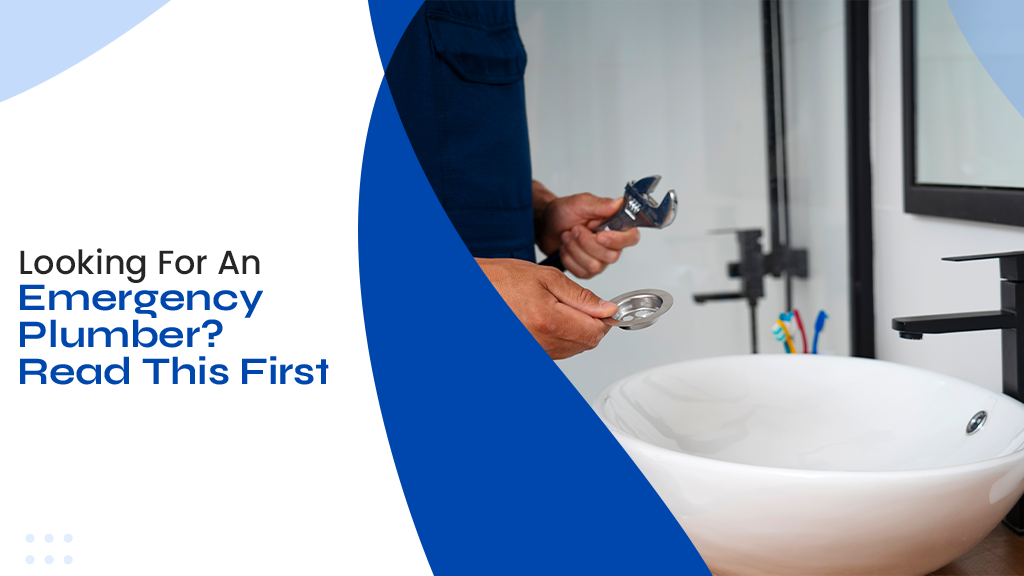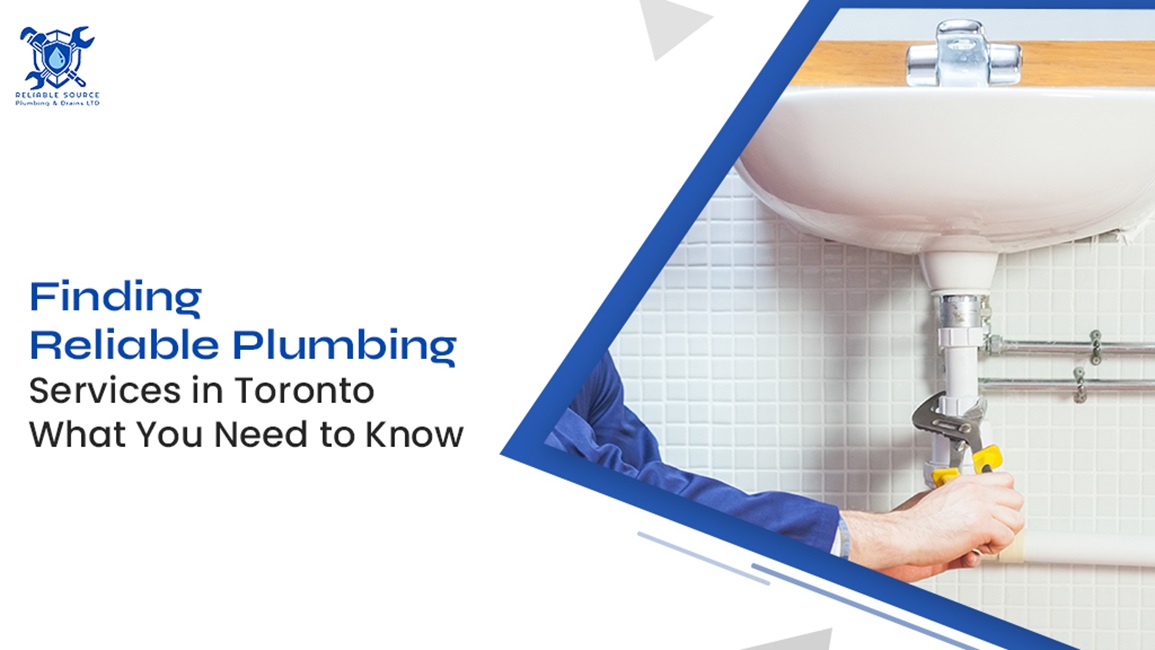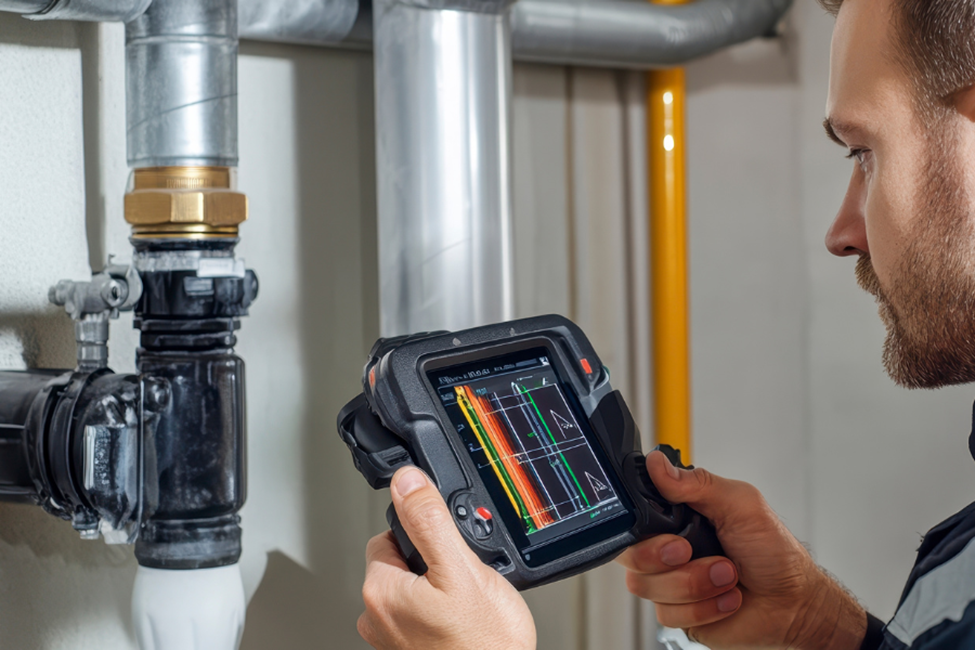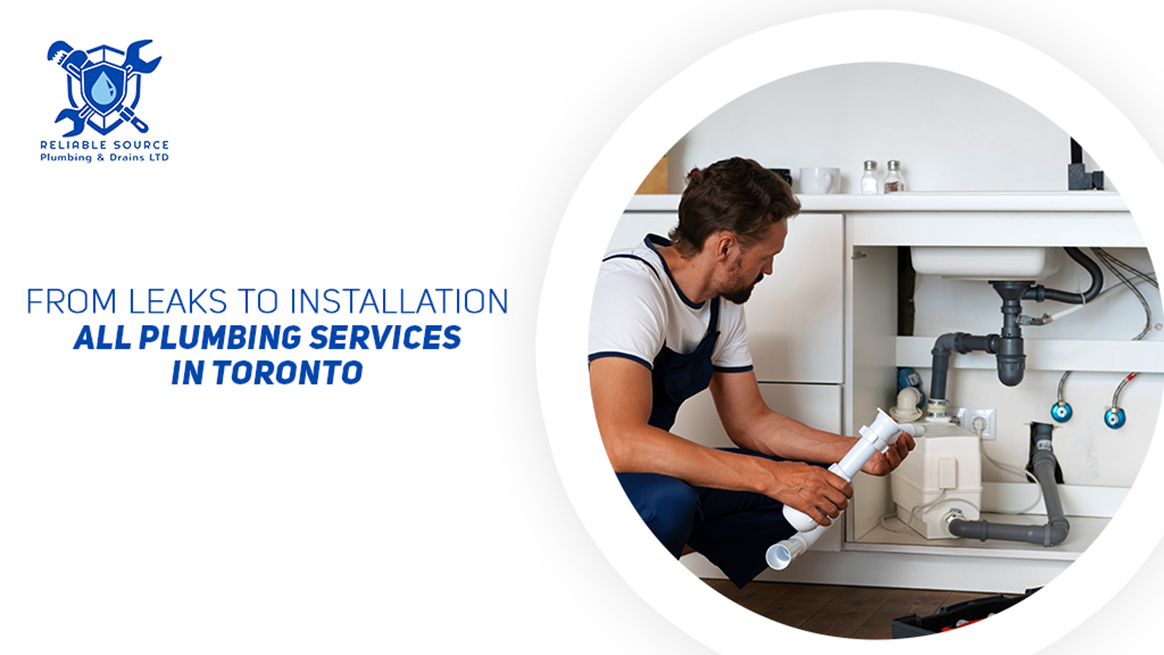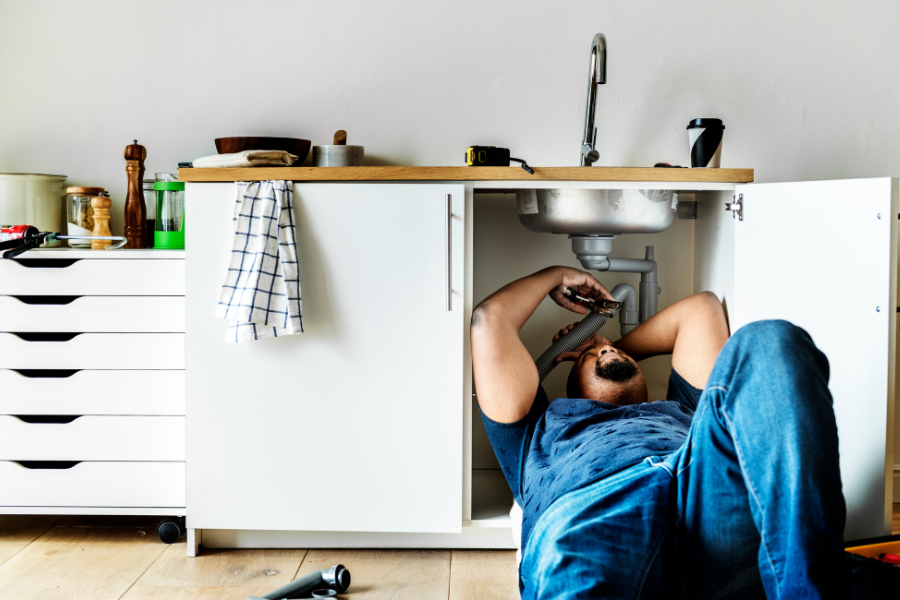Emergency Plumbing Checklist: What Every Canadian Homeowner Should Know
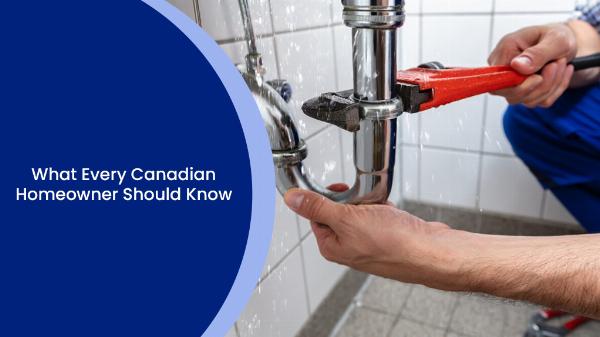
Strong 8k brings an ultra-HD IPTV experience to your living room and your pocket.
In as much as plumbing is a crucial aspect of any home, a plumbing emergency can quickly ruin your day. Whether it is a frozen pipe that bursts in the middle of winter or a sewage spillage, it is important to know the right procedures to follow to avoid more damage. At Reliable Source Plumbing and Drains Private Limited, we have prepared this crucial emergency plumbing guide for Canadians, and we hope that it will come in handy for every homeowner who faces such a situation. Understand when you need to call an emergency plumber.
1. Know the location of your main water shut-off valve
The first and foremost important thing in any household plumbing emergency is to shut off the water supply. Every homeowner must know where the main water shut-off is located. It is normally located in the basement of most houses in Canada, at the water meter or near the main water line coming into the house. Turning off the water can help to reduce the flow and give you time to call in a plumber and fix the problem.
Tip : Take time and test the valve to know if it is in the correct working condition or not. A valve that has some difficulty in turning is likely to slow you down in case of an emergency.
2. Find Other Significant Isolation Valves
In addition to the main shut-off valve, other valves include those for a sink, toilet bowl, and appliances. They are normally installed in areas such as under the sink, behind the toilet, or at the water line to equipment like washing machines and dishwashers. For localized leaks, these smaller valves can shut off the water supply to that particular fixture while the rest of the house remains connected to the water supply.
3. Have Handy Tools Ready
Preparing the right equipment will make a lot of difference in handling a plumbing emergency. Here’s a list of basic tools every Canadian homeowner should keep in their plumbing toolkit :
Pipe wrench : Indispensable for tightening or loosening of fittings and pipes.
Plunger : This is a necessity in every home as it helps in unclogging toilets and drains.
Adjustable wrench : Versatile in many plumbing operations, including engagement with nuts and bolts.
Plumbing tape (Teflon tape) : Used to seal and prevent leakage of pipe threads.
Bucket : For holding water in cases of leakage or when un-pipe water is being channeled.
Flashlight : Convenient when it comes to lighting in hard-to-reach areas such as basements or under sinks.
Tip : Make sure you organize your plumbing toolkit as a way of ensuring that whenever there is an emergency you do not have to spend a lot of time looking for the tools.
4. Know When to Call a Professional
Although some simple plumbing problems can be solved by the homeowner, there is a great need to know when the issue is beyond your reach. Here are some scenarios where you should immediately call a professional emergency plumber :
Burst pipes: This is more so in winter because a frozen pipe can break and cause much water damage in a very short time.
Sewage backups: Sewage backup is not only a health issue, but it is also a clear case of a plumbing emergency.
No hot water: If your water heater is not working especially during the cold season, it is very important to have it repaired.
Here at Reliable Source Plumbing and Drains Private Limited, our team is on call at all times to provide emergency plumbing services across Canada.
5. Take Preventative Measures
This is the reason why the best thing that one can do is to prevent these plumbing emergencies from happening. It is always advisable to have annual check-ups and service frequently so that any defects or faults that may be developing are noted early enough. Here are a few preventative measures you can take :
Insulate pipes: Particularly in Canada, it is better to insulate the pipes to avoid such things as freezing and bursting of the pipes.
Regularly check for leaks: Check areas around the sinks, around the toilet, and the vicinity of the appliance for signs of leaks or dampness.
Maintain your water heater: If you fail to flush your water heater at least once a year, sediment accumulates and this can cause the heater to stop working.
Clean your drains: Cleaning the drains often can ensure that you avoid blockages that may cause overflows or back-ups.
6. Record and Respond to Insurance Claims
As much as it is sad when this happens, one must take photos of everything for the insurance company. Document the damage by taking photographs and maintaining records of all work done in repairing the damage as well as receipts of any emergency plumbing company. This documentation will be useful at the time of the insurance claim.
7. Keep Emergency Contacts Handy
Lastly, see that you have a list of emergency contacts reachable at any time and from any place. This list should include:
Reliable Source Plumbing and Drains Private Limited: Always remember to call us in case of any incident.
Local utility companies: For cut off of water, gas, and electricity in the event of a serious emergency.
Insurance company: To enable one to begin the claims at the earliest.
Commercial services: Mention calling a commercial plumber if the emergency is not residential.
Conclusion
As much as plumbing emergencies are inconvenient, it is always helpful to be prepared for them. The following is a simple emergency plumbing checklist that will help you prevent damages, save money, and keep your house safe and habitable. We at Reliable Source Plumbing and Drains Private Limited are always ready to assist Canadian homeowners to get quick, efficient, and professional plumbing services when disaster hits. Don’t leave it too late — save our number and sleep soundly knowing that we are always here to help, any time of the day or night.
Source Link
Note: IndiBlogHub features both user-submitted and editorial content. We do not verify third-party contributions. Read our Disclaimer and Privacy Policyfor details.

